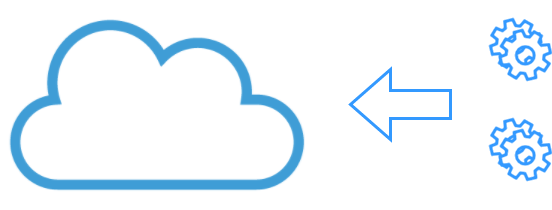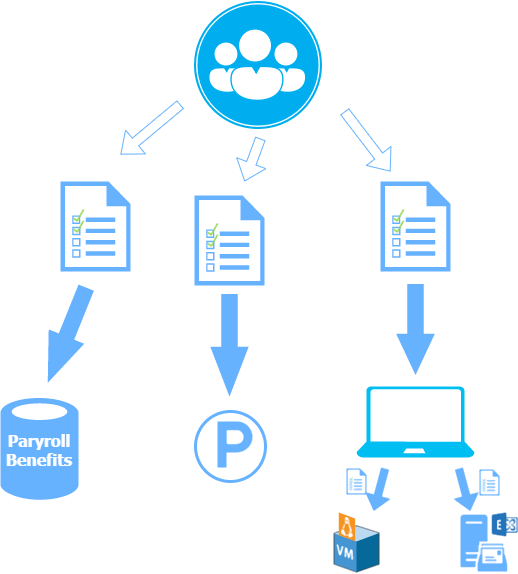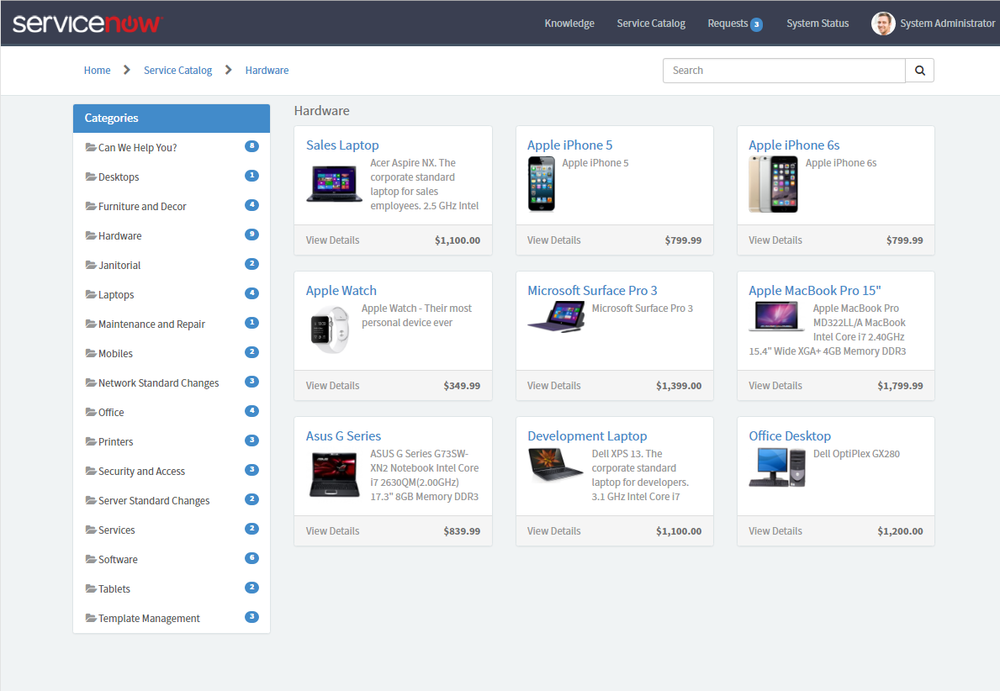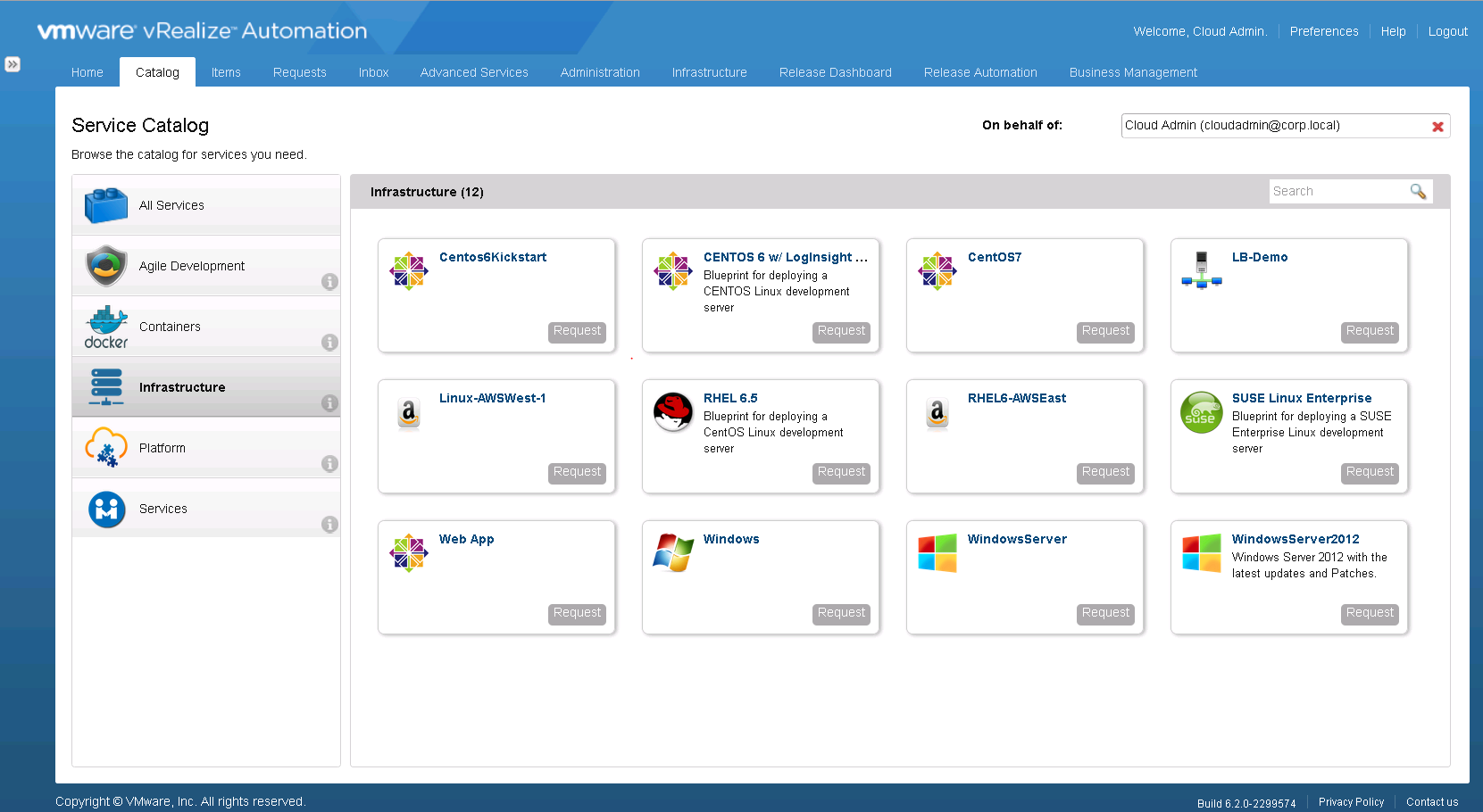“The Cloud” - What is it, how do we use it and what is the future of it.
It’s 2017, at this point IT professionals should be aware that the cloud is viable, here to stay and something that should be investigated seriously. As with any newly maturing offering in IT, there are plenty of players trying to win in this market and plenty of opportunities for organizations to take advantage of the cloud.

So what is the cloud? For me, it’s the point where a service can be attained without needing to dive into the specific technologies to obtain a solution. For example, when I go to AWS, I can choose quickly choose an EC2 instance, pick an OS and then in 10 minutes I have a running server. I’ve abstracted the configuration of hardware and obtained it from the cloud. Quite a simple example, so let’s look into something more complex, yet more valuable.

More than just IT needs
HR onboarding and termination is something that many organizations go through on a daily basis. Someone has to procure a seat, parking pass, laptop, added to the benefits database and finally added to payroll. Traditionally, this is all handled by an HR employee who will walk the new employee through the process and ultimately get them all of their services. Pretty complex and time consuming. Personally, a previous employer of mine took 5 weeks to get me mostly onboarded, with some HR tasks still left over.

This is where a cloud can really benefit an org. Instead of all of these tasks taking place by an employee, with some up front work, this can all be seamlessly deployed via a service catalog item in a company’s cloud. In the catalog, the singular request from HR can then be deployed across all offerings needed, can be tracked appropriately and granted in a faster and more consistent fashion. The delivery of services in this fashion can also be used for IT requests, either from internal IT partners or from outside of IT by the business requesters. Overall a win/win for everyone.

The paradigm shift comes in terms of everything now being a service for the requester. Once we define a service and its technical requirements, we can build it once and deliver it infinitely as needed. Like mentioned before, it can be as low level as IT requests, providing servers and development environments, or as complex as business related services. Here’s a couple of examples of service catalogs that could be in place.


The Future
The elephant in the room that I haven’t been discussing (but will be doing a lot more on this site) is Amazon Web Services, better known as AWS. What they have done for IT centric public cloud delivery has been astounding and they are by and large the leader in this space in my personal opinion. Currently they have 85+ services available for use, have created the perfect opex experience and are paving the way for the future of public cloud. Where I think the biggest challenge is, is the adoption and integration of the public cloud in the enterprise business world. There will still be a place in IT for on premise devices and services, the value will be the integration of the public cloud for services that fit there and creating a cloud experience for the on premise technology that these enterprises require. The future of technology clouds is pretty evident with serverless architectures, containers and scale out services, but I think that the future of the cloud will be the constant delivery of SaaS and higher end business related services. Technology that you can easily and quickly procure is great but lacks importance if we can’t tie value to the technology.
Matt Hoyt is a current IT Architect in Columbus, OH. All thoughts displayed here are his and his alone.